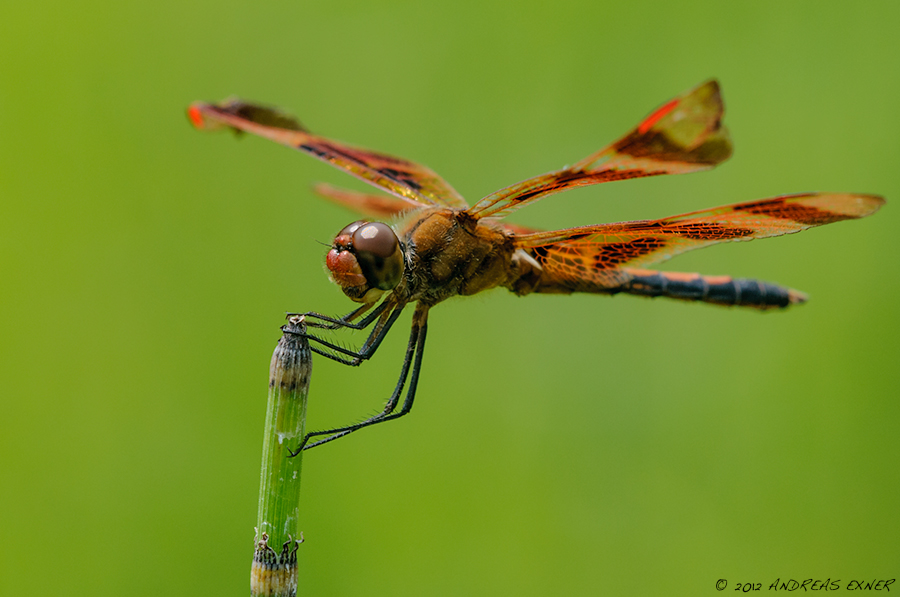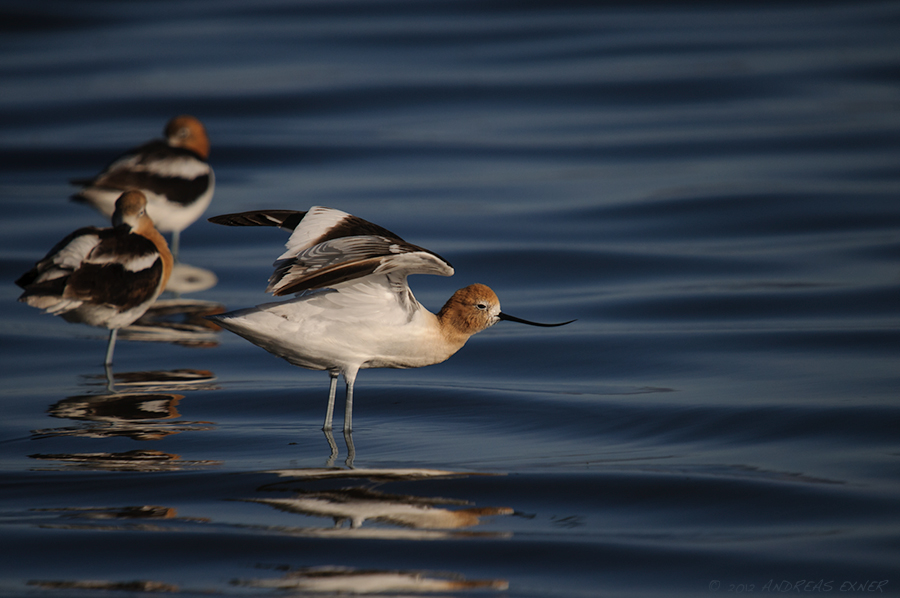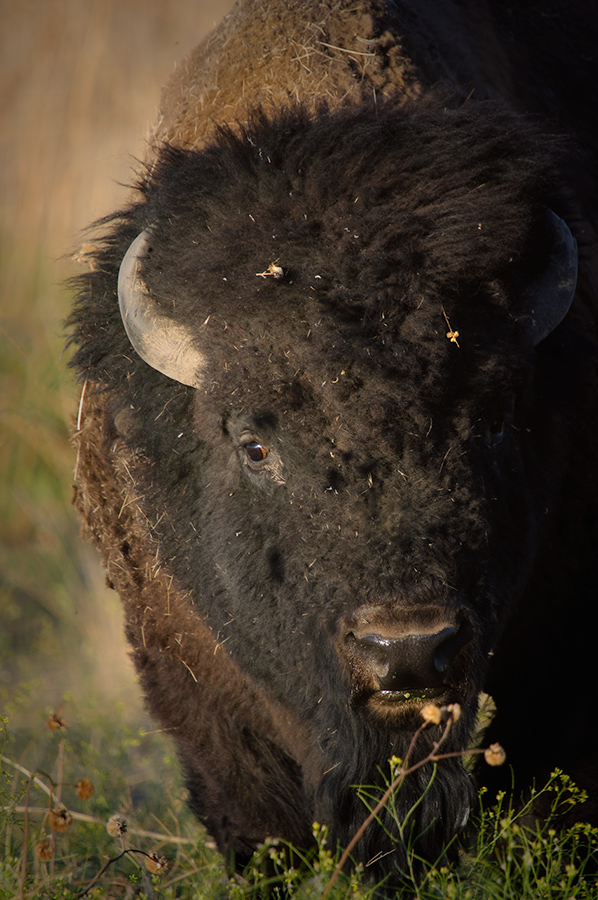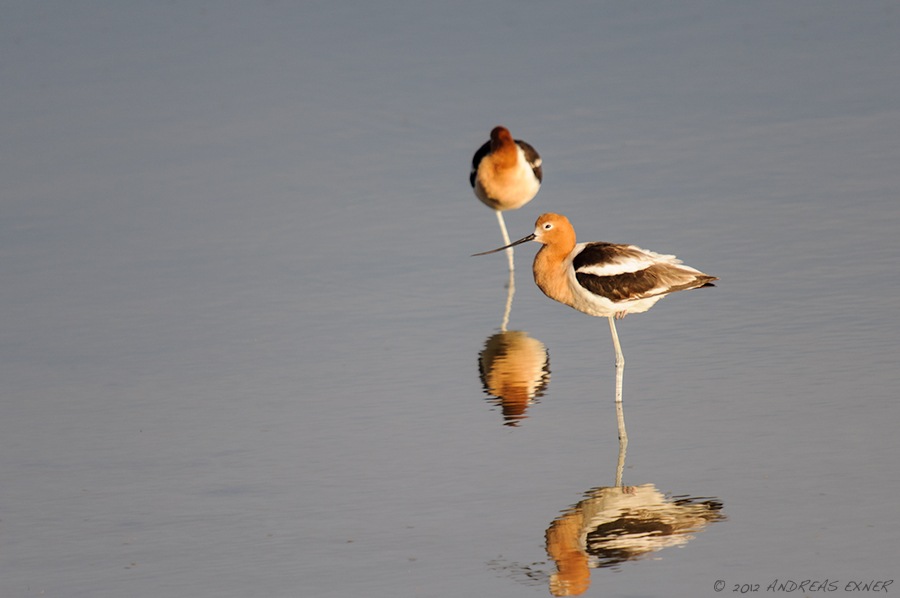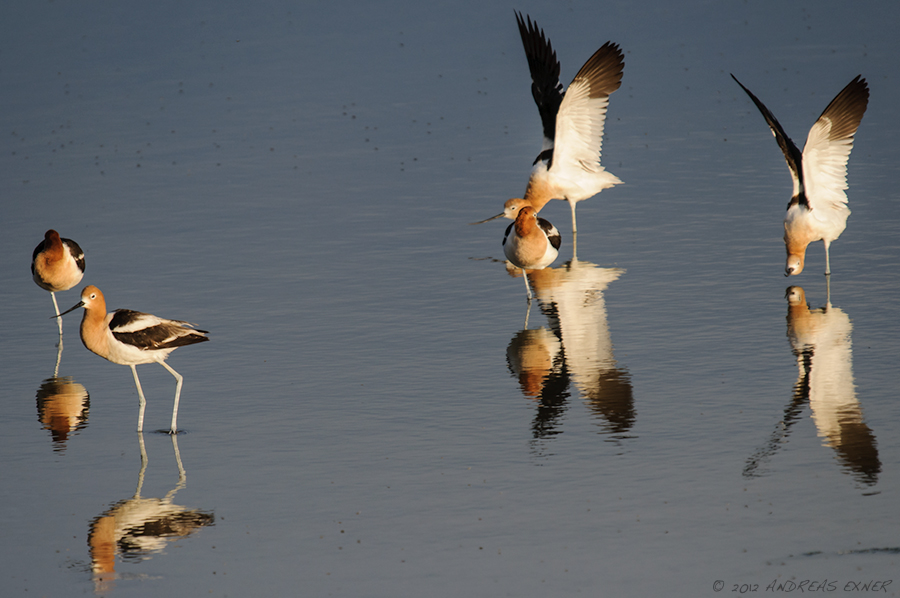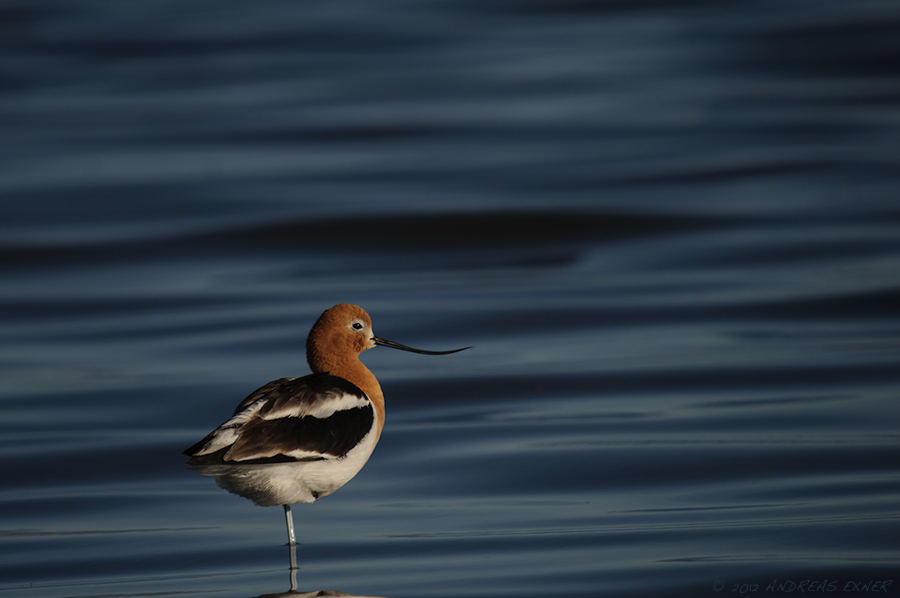The best way to escape the heat here in Iowa is to spend time on the water. Yesterday my younger sister, who is here for a visit at the moment, and I went for another kayak tour over to Wisconsin. I introduced her to Twin Lake in Governor Dodge State Park, a place I have written about before here in this blog. For the first time I took my camera into the kayak. It's still a little scary to me but everything went well. I just took the SIGMA 150/f2.8 with the 1.4 teleconverter attached into the boat. I wanted to focus on insects this time but this combination gave me the range for a possible bird shot as well. There is an abundance of dragonflies along the shore of this beautiful lake at the moment. The Brown-spotted Yellow-wing was one of them and I'm happy to show you this interesting creature again here in my blog. Stay cool!
Nature clicks #114 - Giant Swallowtail
It looks like I have neglected my "home turf" here in Eastern Iowa recently. But what can I do, business requires to travel a lot at the moment and unfortunately there wasn't much time even to think about shooting during the last couple weeks. I'm home for the holiday and in our yard is always something flying around. I have hundreds of pictures of the Giant Swallowtail on my hard drive but that doesn't mean some new ones can't be made, and as you probably know I can't resist if the light is inviting me... ;-) The Purple Coneflowers always attract butterflies and it isn't difficult to find one. Only the horrible heat sets the limits for me how long a shooting lasts. It wasn't very long today...
Dealing with drought
I stopped in the Green Island Wetlands on my way back from Indianapolis yesterday. It looks kind of sad right now. The water level is at the lowest I have ever seen it. Parts of the marsh land is almost dry, at least on the surface. Even in a state like this it is still feeding ground for birds and other animals. There were lots of young Killdeer searching for food. I don't know if any of them came out of the eggs I took a picture of a while ago (click here to see it), but it is nice to see that a new generation is growing up.
Always good for a photo is the Great Egret. They are not as shy as the Great Blue Herons that are competing for the food in the same territory. It is not so difficult to focus on the egret because of the good contrast they provide. With a big bird, like the Great Egret, I still try to put one of the autofocus sensors on its eye. This is not always possible with smaller or dark birds. In this matter I try to use the chest, which is usual on the same focal plane as the eye. Sometimes easier said than done... ;-) Have a nice weekend!
Avocets again (because I love them)
Just a quick post today. I'm on the road again with no time to focus on photography so far. Instead I like to show you another photo of the American Avocets. Can you tell that I really like these birds? I think they are really pretty. This image is from the morning shooting on Antelope Island ten days ago. I wished light would always be like this... ;-)
Nature clicks #113 - Western Kingbird
I still like to write a little about my recent visit to Antelope Island in the Great Salt Lake. The sun was only three hours away from its highest point that day when I discovered a Western Kingbird (another first sighting for me). It was sitting on a traffic sign and used it as a perch for hunting insects. As you can see very succesfully.
Any time if I'm in doubt about a species or want to confirm the encounters I make in Utah I go to Ron Dudley's blog "Feathered Photography". Ron is a retired teacher and has excellent knowledge about birds and critters and their behaviors. His photography is outstanding and the observations he has documented in his blog are very interesting. And of course, I found the Western Kingbird in his blog. The same was true for the Lark Sparrow in my last post. Ron spends a lot of time on this island and I hope one of these days, when business brings me back to Utah, I'll have a chance to meet him.
Nature clicks #112 - Lark Sparrow
If there is an abundance of wildlife in a particular location it is sometimes easy to forget the smaller birds and critters. It was very windy every day during my recent trip to Antelope Island and I didn't see many small birds anyway. This Lark Sparrow was a first sighting for me and so I made a few clicks, even if the bird was actually too far away for a good detail shot. This photo was sharp enough to consider a crop, and yes, I cropped it quite a bit. The result is an environmental portrait, good enough to show here and report about it, but too small for a large size print. Well, next time... ;-)
Nature clicks #111 - Black-necked Stilt
I only had one minute to work with a second bird of the Avocet and Stilt family before it flew away. My location was everything but good when I discovered two wonderful Black-necked Stilts right in front of me. I was slightly above the water level and tried actually to approach some gulls on a bank in the Great Salt Lake. The higher elevation allowed only to shoot from above and this is not an interesting shooting position for most animals. Ok, it was my first sighting of the stilt and at least I have now a few images in the "books". It is a beautiful bird and the next time I go to the Great Salt Lake I'll try to find them again and make the photo I have in mind.
I use the software iBird PRO on my iphone for identification and comparison of birds while I'm in the field. This eliminates the need to carry any books with me while traveling. There are always some interesting facts to learn and for the Black-necked Stilt it says that they have the second-longest legs in proportion to their bodies of any bird, exceeded only by flamingos.
Nature clicks #110 - Willets
As you can imagine I made many clicks last week on Antelope Island in the Great Salt Lake, Utah. Back home I have to make the difficult decision which photos to choose for the blog or for my galleries at Pbase. Not always easy! First I look for images with a good light and mood. The first one is from my Saturday morning session and I love how the subtle light touches the Willet in the shallow water.
The second criterium is story telling. A particular gesture can make all the difference between one photo and the next. The Willets are not particular pretty birds but it looks sometimes almost elegant how they move in the water and search for food or clean themselves. The pictures that captured these gestures stand out from the rest and that's why I have chosen them. Still more to come...
Nature clicks #109 - American Bison
The biggest mammal on Antelope Island is the American Bison. There is a herd of about 500 bisons free roaming on the island according to the Utah State Park website. They seem to stay away from the part of the island that is easily accessible by car. I have never seen more than ten at a time. That's alright with me, bisons are such beautiful animals that I get excited even if I come close to just one of them. This bison bull was relatively close to the road so that I was able to shoot out of the safety of my rental car. The bull was feeding the whole time I watched him and it took forever to get a clear view of its face. Light was great, it was wildlife photography fun at its best....
Nature clicks #108 - American Avocet
Hi, I'm back home again after another week of business travel. The second part of my trip brought me to Salt Lake City in Utah. I spent three days there and had the chance to shoot two evenings and one morning in one of my favorite locations for wildlife photography. I have written here before about the abundant wildlife on Antelope Island in the Great Salt Lake and it wasn't any different this time. Before I go to a location where I have been before I usually review my previous work and think about new goals I like to meet or particular animals I want to focus on. This time I wanted to pay more attention to shore birds. The island is connected with the main land by a dam and the road on top of it is already a great place to watch out for birds. There were hundreds of American Avocets feeding in the shallow water. I like to show you how the light at different times of the day can change the outcome considerable.
Image #2 was made about mid afternoon. The sun and a very thin layer of clouds made for bright, but still soft light without harsh shadows. It was very acceptable for me.
Photos #1 and #3 were made the same day but five hours later at about 8:15PM. The sun was already close to the horizon and the colors developed a wonderful intensity. Oh, I love the evenings at the Great Salt Lake!
The last picture was made next morning about 7:45AM and the sun had developed some good power already. Dialing in exposure compensation between -1.5EV and -2.5EV kept the white parts of the feathers intact and made also for a nice deep blue color of the water.
Which light situation did I like the best? To be honest, I liked them all. The afternoon light was like working with a softbox. The soft light reflected by the water minimized the shadows underneath the birds. The low sun in the morning and evening made for better colors. It was a great learning experience for me, and yes, the Avocets were very patient ... More to come...

